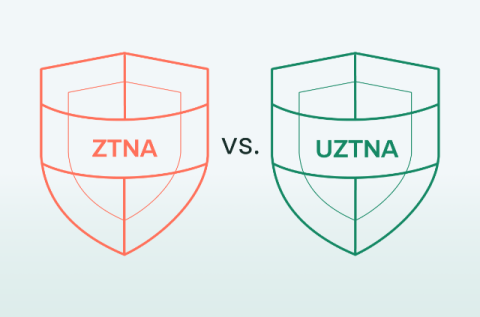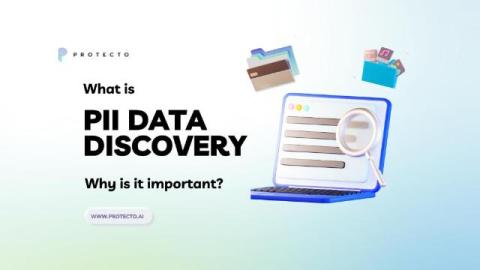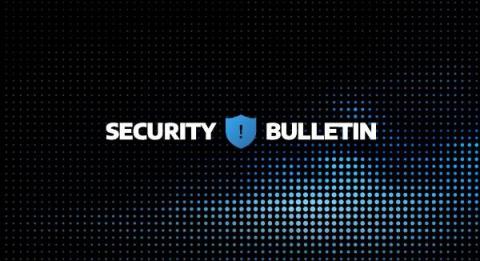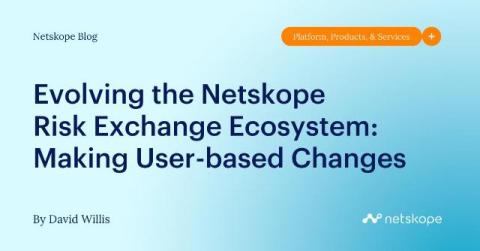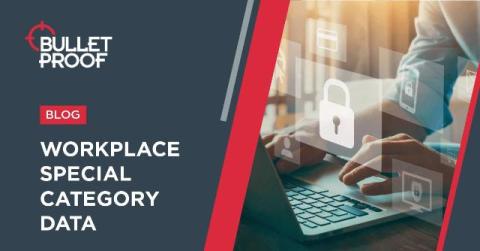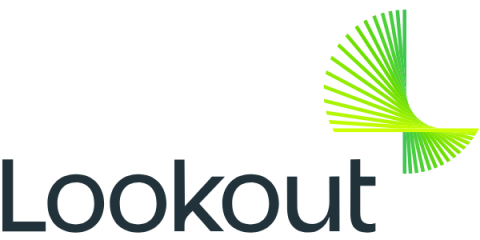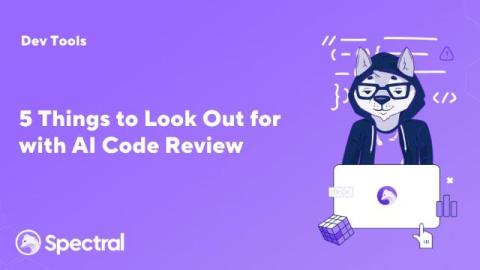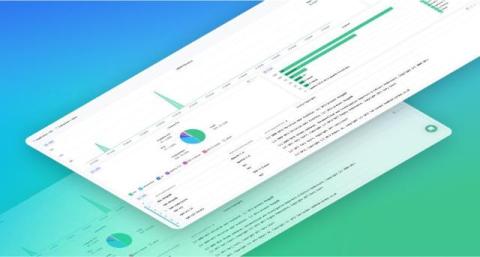Cybersecurity Awareness Month: AI Safety for Friends and Family
Happy October! The leaves are changing and everyone is starting to get ready for the upcoming holidays, but let’s not forget one of the most important holidays of the year—Cybersecurity Awareness Month! Though our audience is almost entirely cybersecurity experts, we wanted to put something together to help the less technical people in our lives learn more about AI and cybersecurity, because Cybersecurity Month is for everyone.



